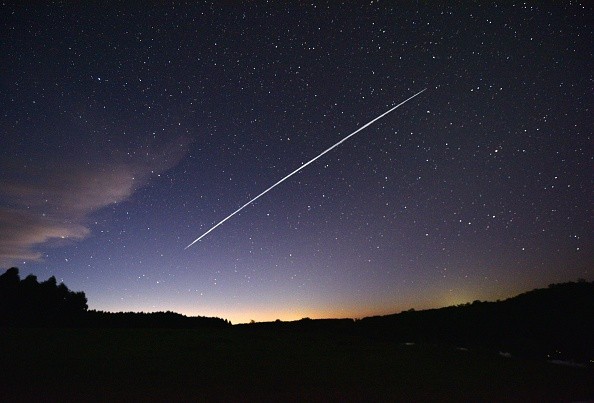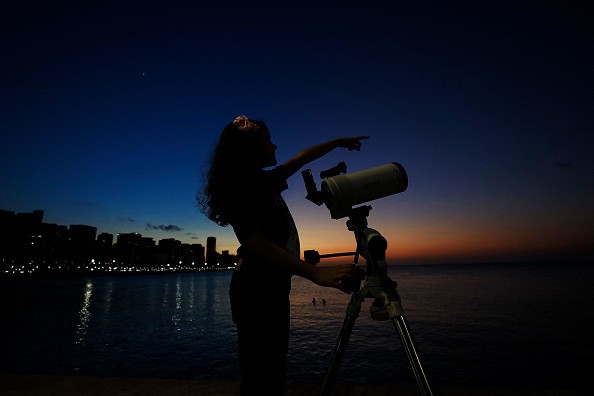The new SpaceX-NSF agreement will prevent Starlink satellites from affecting astronomical observations.

For the past few years, many astronomers and other space experts shared their concerns about the increasing number of satellites.
This is because they can block the images taken by astronomers, as well as interfere with telescope observations on Earth.
Now, SpaceX and the U.S. National Science Foundation agreed that they should make measures to prevent this from happening.
New SpaceX-NSF Agreement
According to PCMag's latest report, the new agreement between SpaceX and NSF will lessen the chance of Starlink satellites photo-bombing astronomical observations.

Also Read : FCC Limits SpaceX 2nd-Gen Starlink Satellite Deployment; Only Allowed Over 7000, But Why?
The measures that they agreed on are changing satellites' orbits, adjusting satellites' brightness, and other methods.
Aside from these, NSF also said that ground-based facilities for astronomical observations no longer need to turn off their laser guides when Starlink cubesats pass nearby.
The partnership between SpaceX and NSF is a win-win situation for the space agency and the astronomy community.
However, the measures mentioned only apply to SpaceX's internet satellites. As of press time, NSF hasn't confirmed if it will also reach out to other companies launching their own internet satellites.
Starlink is Not the Only Photo-Bombing Satellite
Aside from Starlink, there are also other internet satellites that are interfering with astronomical observations.
Live Science recently reported that the International Astronomical Union issued a warning against the BlueWalker 3; a massive orbiting cellphone tower that AST Space Mobile designed and built.
"This satellite has become one of the brightest objects in the night sky," said one of IAU representatives.
The main problem with the BlueWalker 3 is its super-massive size.
This mirror-like dish is considered to be the largest commercial communications array orbiting the planet.
It has a surface area of more than 690 square feet (around 60 square meters).
If you want to learn more about the BlueWalker 3, you can visit this link.
In other news, SpaceX planned another space coast launch before 2023 ended.
Meanwhile, Microsoft and Viasat partnered together to bring a new satellite internet service for remote areas.
For more news updates about Starlink satellites and other broadband satellites, always keep your tabs open here at TechTimes.
Read also: SpaceX Starlink's Weirdest Facts: Open-Source Linux OS and Other Peculiar Things About the Satellite

ⓒ 2025 TECHTIMES.com All rights reserved. Do not reproduce without permission.




